In the southern part of Ethiopia, near the border with Keyna, the Omo River flows toward far-distant Lake Victoria to the south. In several hundred square miles of the region live 16 tribal groups who essentially live as their ancestor did for thousands of years. The entire area is in a time warp. I spent five days in the area with guides who could speak the various tongues of several of these tribes. This area and its peoples looked, lived, and acted far different than those in the rest of Ethiopia. And for the most part, they seemed to have little desire to become "modern" (read: civilized). Some tribes are semi-nomadic herders, others farmers, but all essentially are self-sufficient, producing virtually all of their needs themselves. The tribes often practice polygamy with four wives being the maximum. Individuals do not keep track of their ages. Electricity, plumbing, and motor-powered transport are non-existent. The Omo Valley tour was along the solid line in the south of the country.
The dotted lines on the map show where I flew in the country, and the solid lines show where I either hired a car and driver or took a guided tour.
This tribe numbers about 45,000. They are pastoralists, who highly value their cattle and goats. They are semi-nomadic, moving their animals with the seasons. They raise some crops, tended by women, including sorghum, cotton, beans, and pumpkins. Though 95 percent are Sunni Muslims, very many also believe objects such as trees and rocks have spirits.
 The Omo River
The Omo River Before Hamer men are allowed to marry, they must jump (climb, actually) over a series of bulls (from four to eight) lined up. If they fall off, they cannot marry and are ridiculed. Oh, they also must do so buck-naked.
Several young men did this at the ceremony I attended. For hours before the men arrived, dozens of female relatives of the men chanted, sang, danced, and rang noisemakers in anticipation of their coming. In a bizarre prelude to the jumping, these relatives begged the men to whip their bare backs with switches. Their intent was to wear the resulting scars as a badge of solidarity with their brothers (and cousins), as well as to prove to their actual or future husbands how loyal they are as wives. I saw lots of welts from past whippings--and lots of fresh blood. I wonder if my wife, Dorothy, would have been willing to endure that (well, of course, why would I ever THINK of wondering?).
Most of the Daasanach people, officially tallied at 48,000, live near the border with Keyna, while others actually live in Kenya. They were traditionally pastoralists, living primarily off their cattle. But in recent times, drought and forced migration (by the governments of Ethiopia and Kenya) have led many of them to becoming agro-pastoralists, growing some sorghum, beans, pumpkins, and corn.
They live in dome-shaped huts, and the village I visited had lots of corrugated steel as part of their coverings.
I found their countenance to be more dour than the other tribes I visited, many seeming to be in a deep funk. My guide said that is how he perceives them, as well. They reminded me of the descendants of the Incas that I visited in the altiplano of Peru, a people I perceived as the saddest I ever met, seldom smiling. But I cannot trust my judgement, as perception of the psyche of others is incredibly difficult. One cannot accurately judge the behavior of others by using one's own "behavior map" as a guide.
One of the largest tribes of the Omo Valley, about 250,000 Konso live in southeast Ethiopia, to the east of the rest of the tribes of the area. Most live in larger towns, but I visited a moderate-sized village of three concentric stone-walled circles, built larger as the population grew. I found the architecture of this tribe to be far more interesting, mainly because of their use of hewn stone for their houses and community buildings. Most have attractive double roofs, often with ceramic pots on the rooftops to prevent rain from entering the houses.
The Mursi
This small tribe, numbering about 8000, live near the border with South Sudan. They are agro-pastoralists, and they are vegetarians. They are noteworthy for their wearing of decorative lip plates and elaborate head decorations. Traditionally, only women wore lip plates for ceremonies, beginning at age 15 or so. Because lately they earn income from tourists taking their photos, they now wear them most of the time. Also, some men are now wearing them. They also earn income by selling the plates to tourists.
Masochism and mutilation of one's flesh. How can one accept that in another? Surely such people who engage in such behavior must be flat-out wrong. But, hey, who am I to criticize Westerners who get tattoos or pierce their lips or skin with metal pieces? I can't bring myself to even look at the "metal folks," as it creeps me out. But if they wish to engage in such behavior--and I suffer no other loss--then I'll allow them to follow their wishes. Even more extreme, I'll even let people wear ragged jeans. Just don't expect me to do any of these "bizarre" things.
I never saw one Ethiopian tribal member with a tattoo or a nose ring. I wonder what they think of Westerners who have them? Disgust, shock, or pity? It wouldn't surprise me, as they are probably just as likely to be critical of other cultures as Westerners.
As for me, I just say, "Viva la differance!"



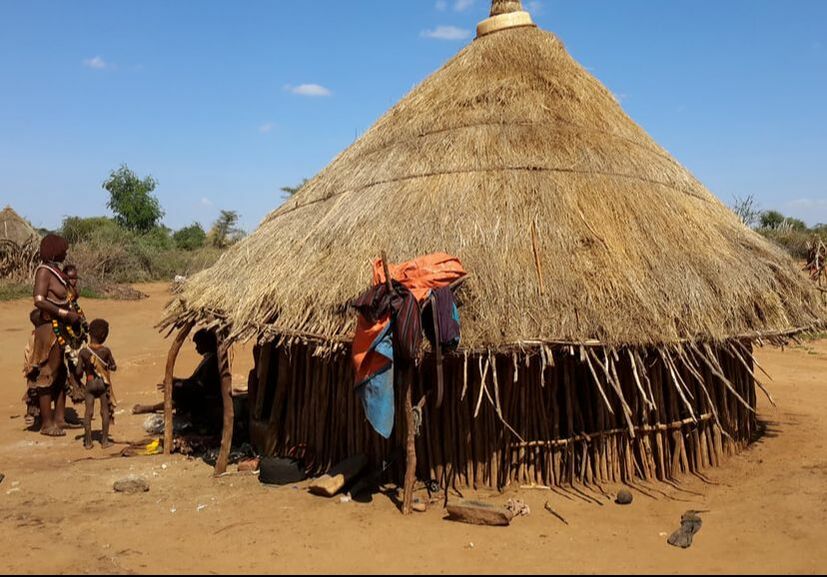
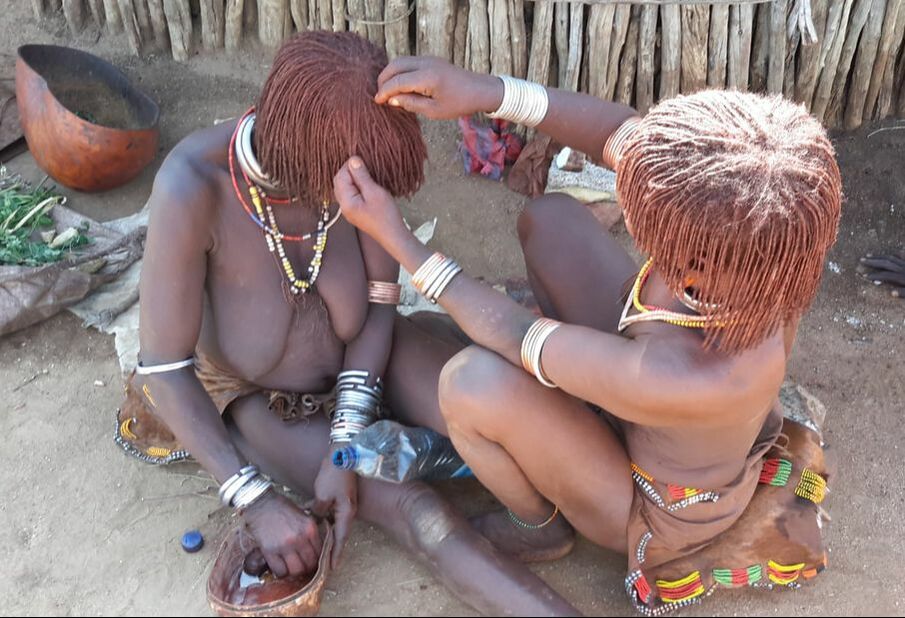
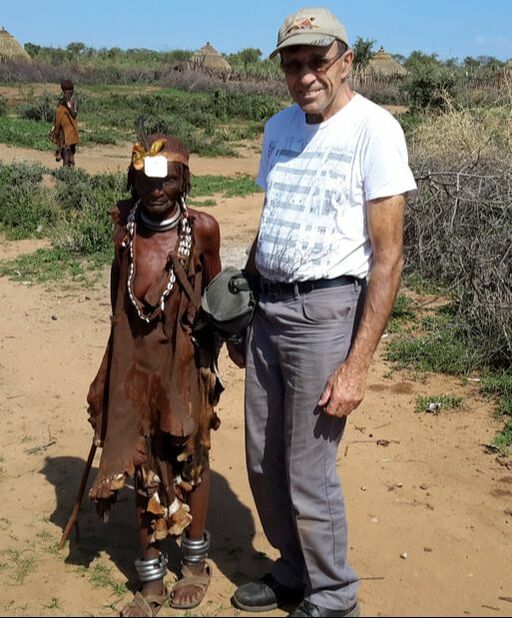
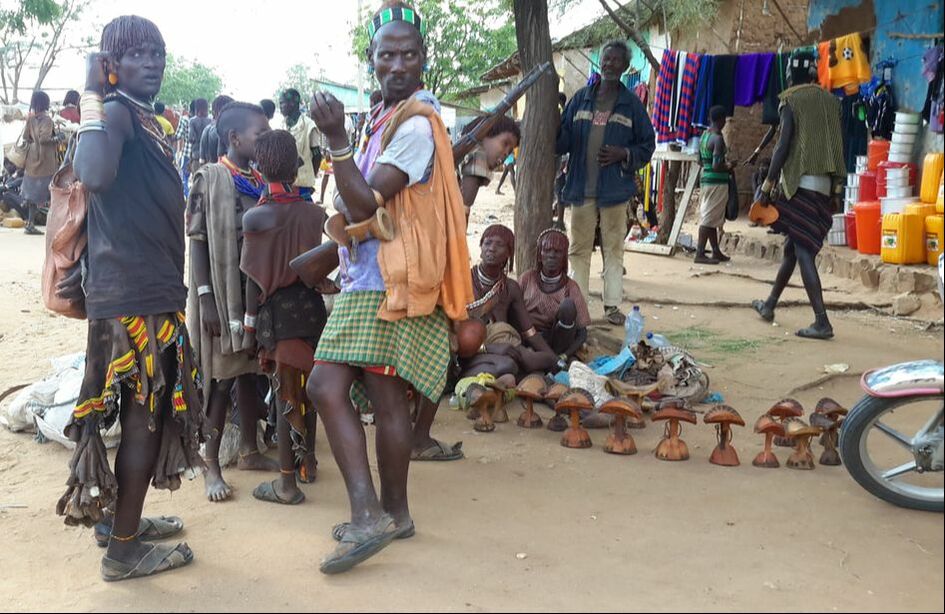
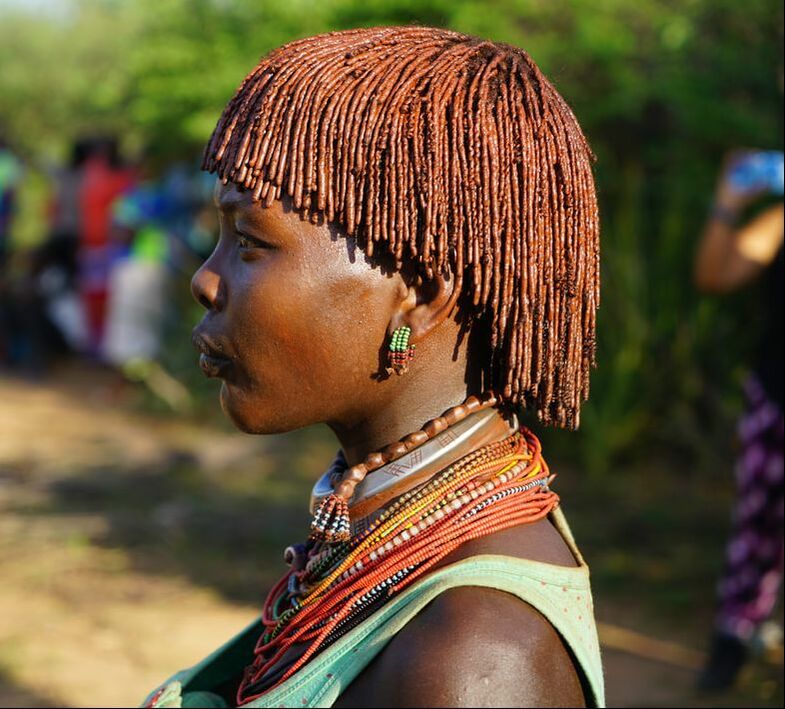
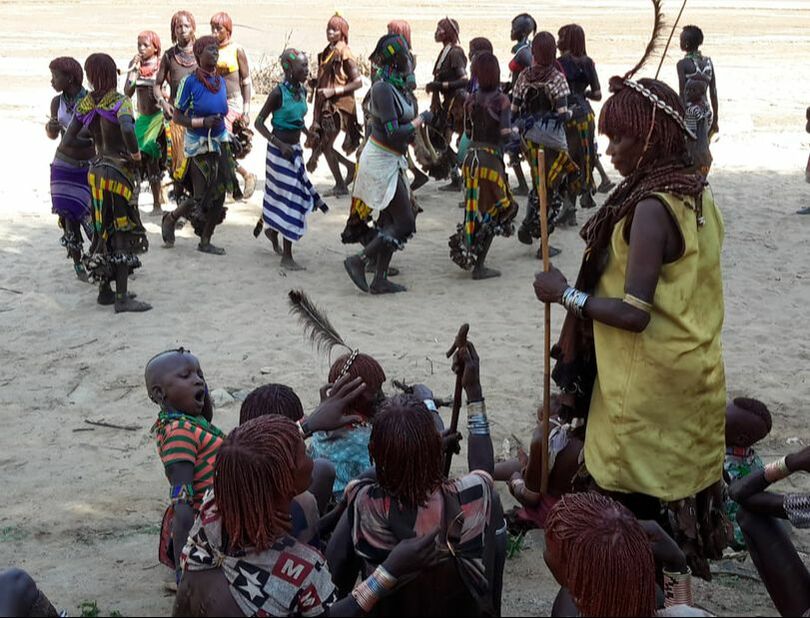

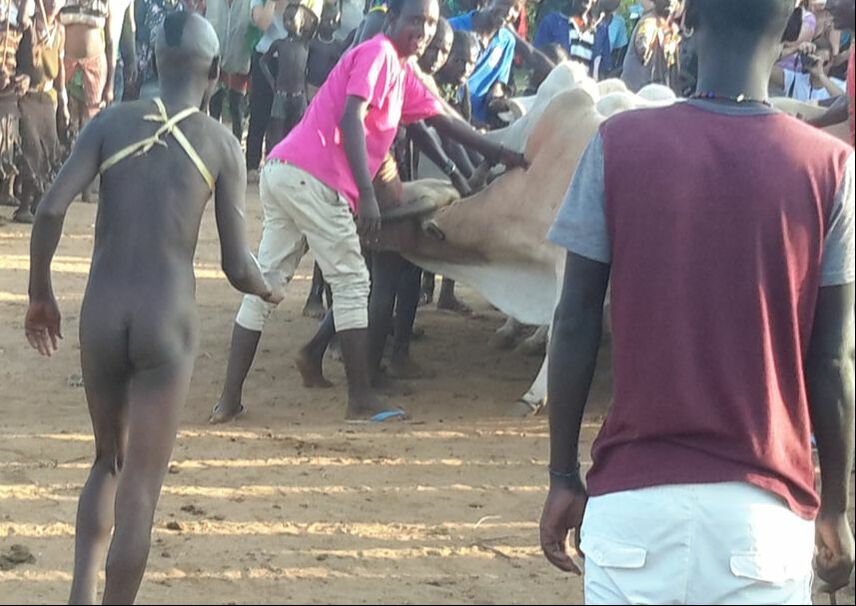
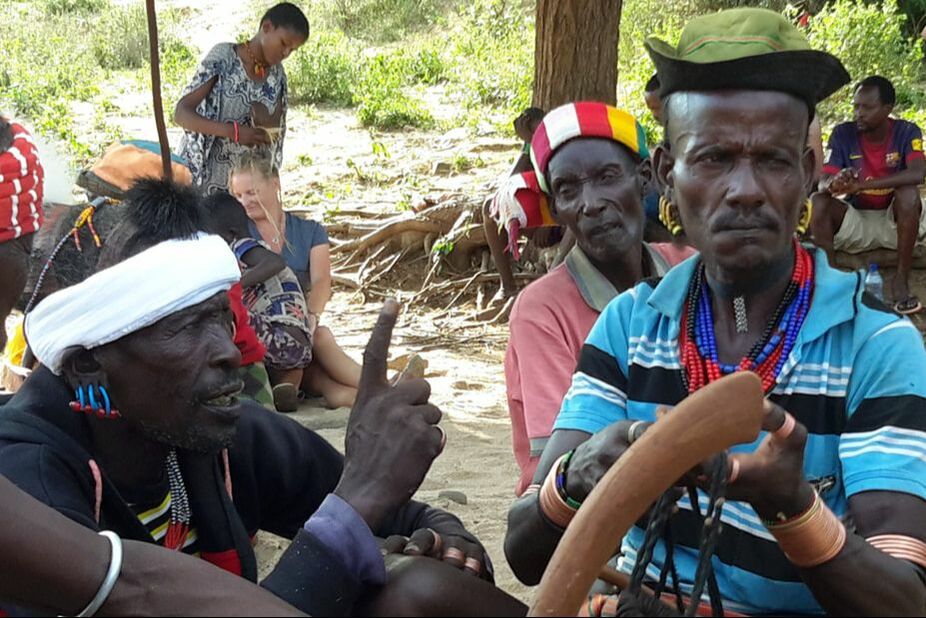



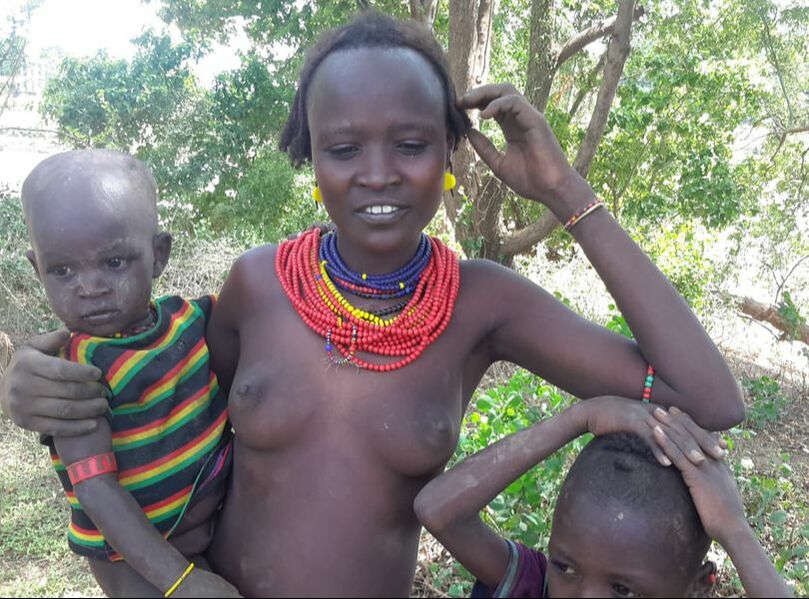
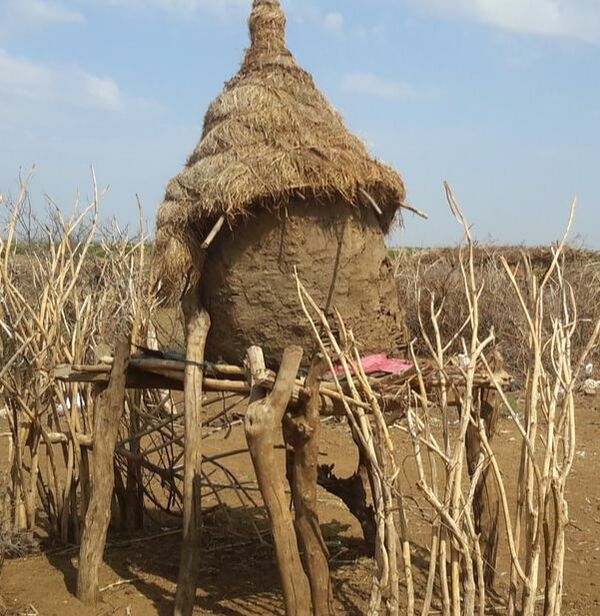
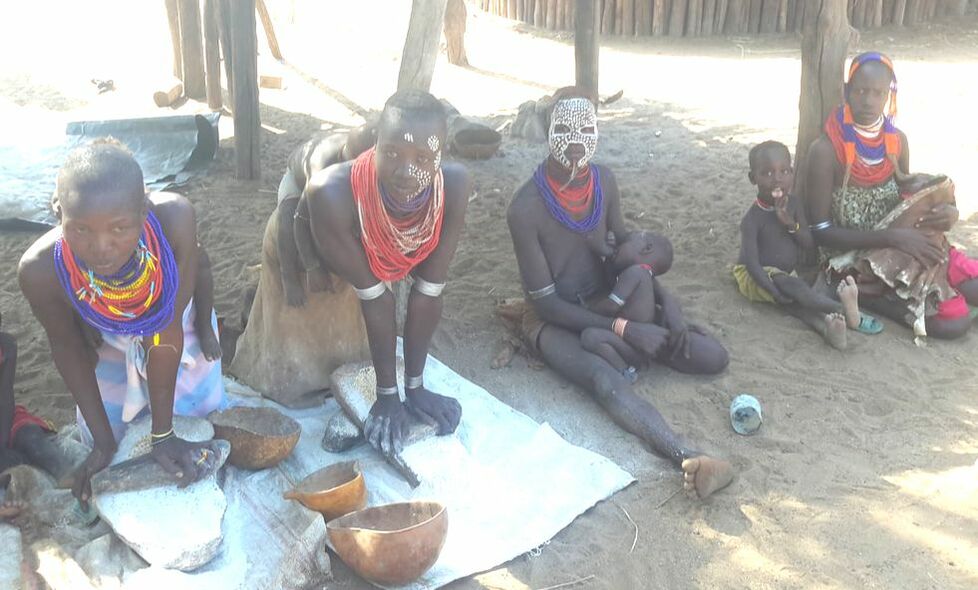
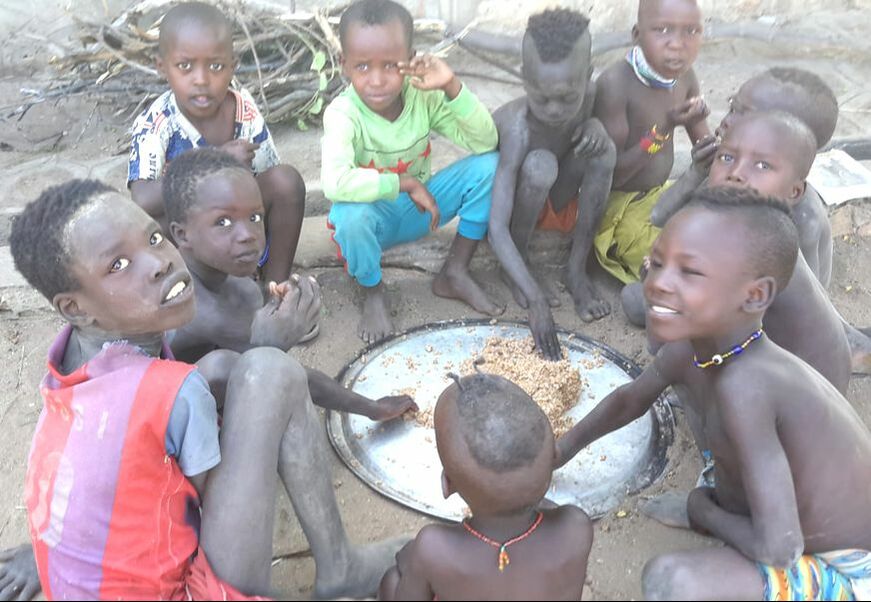
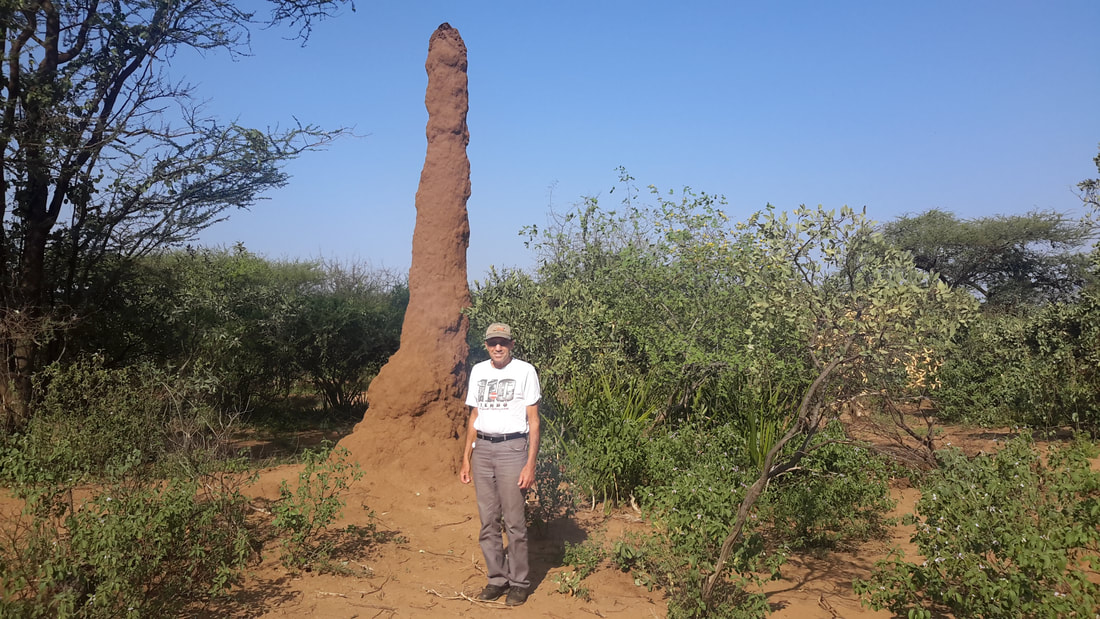
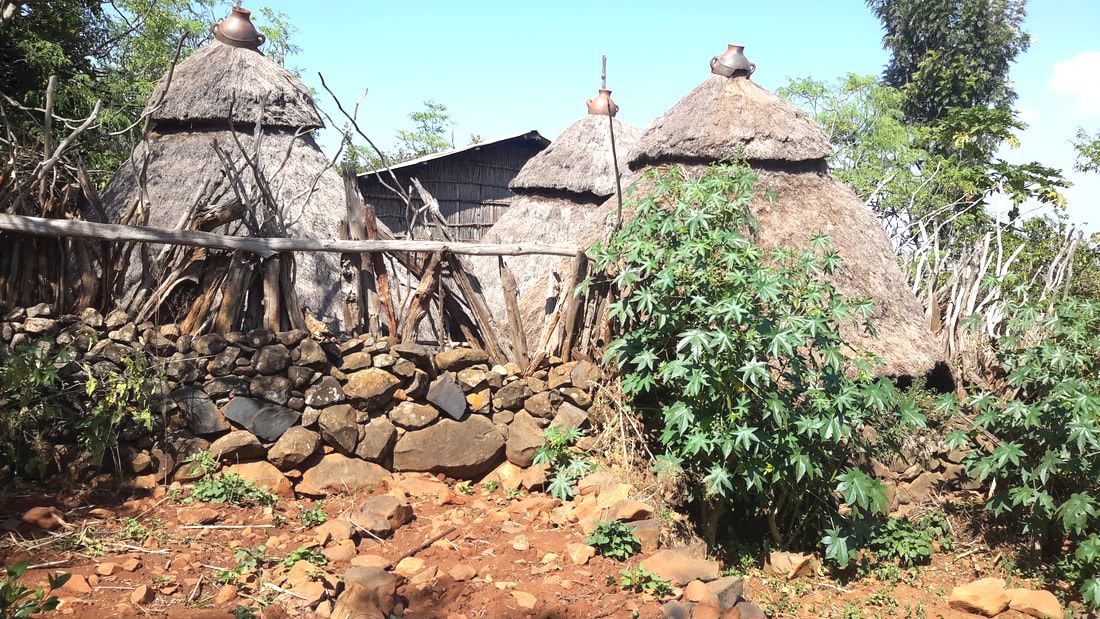
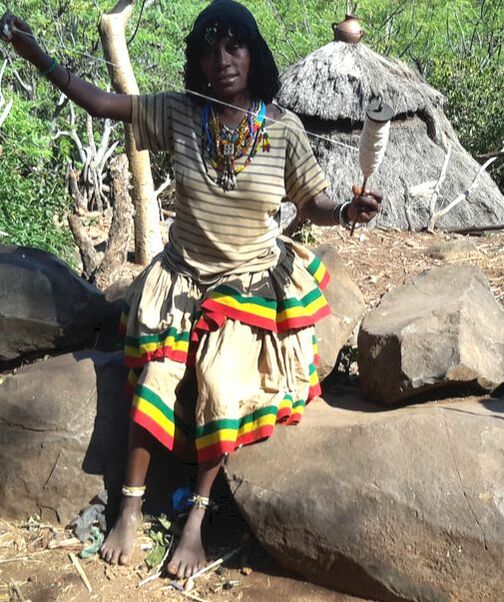
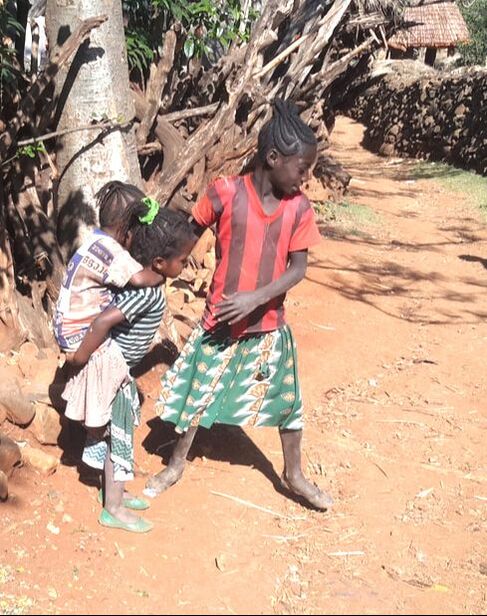
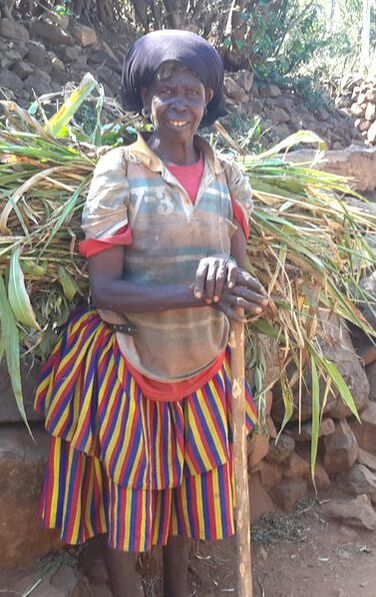
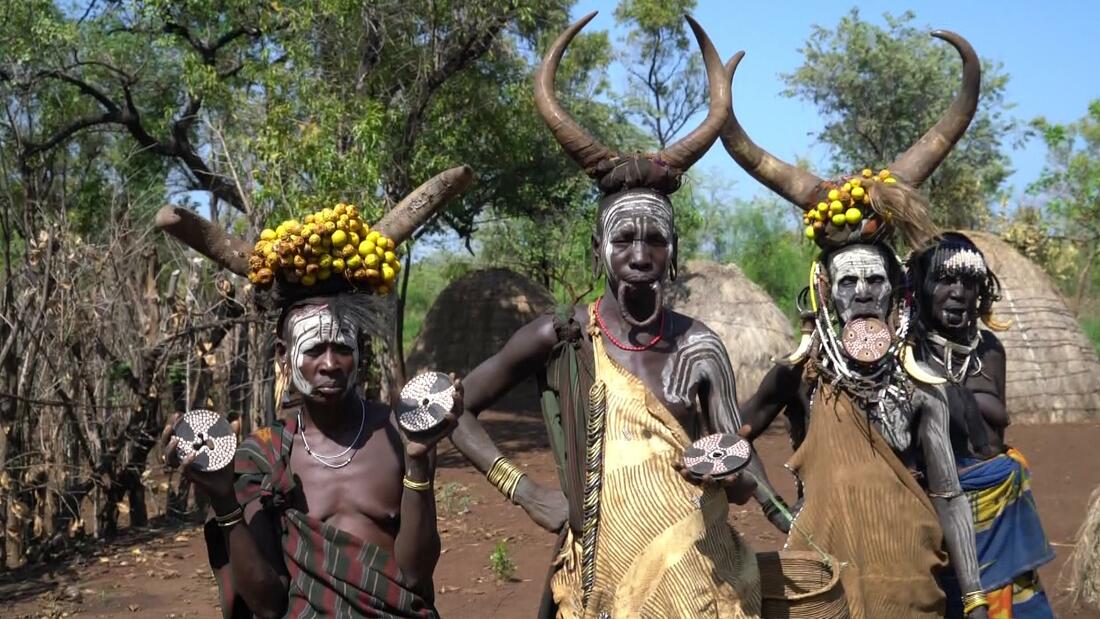

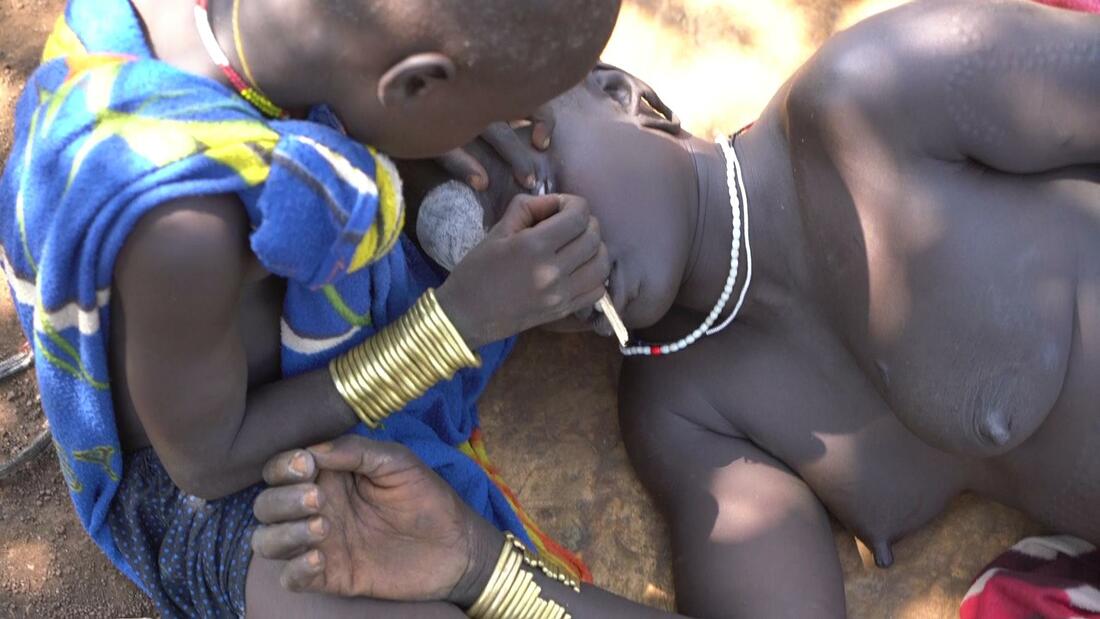
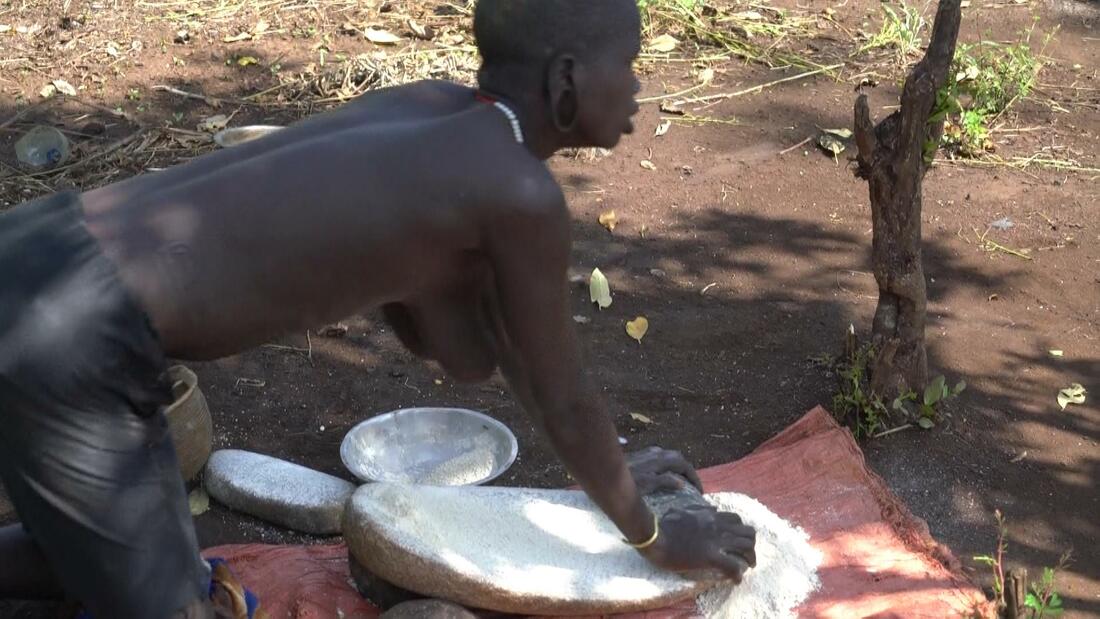
 RSS Feed
RSS Feed